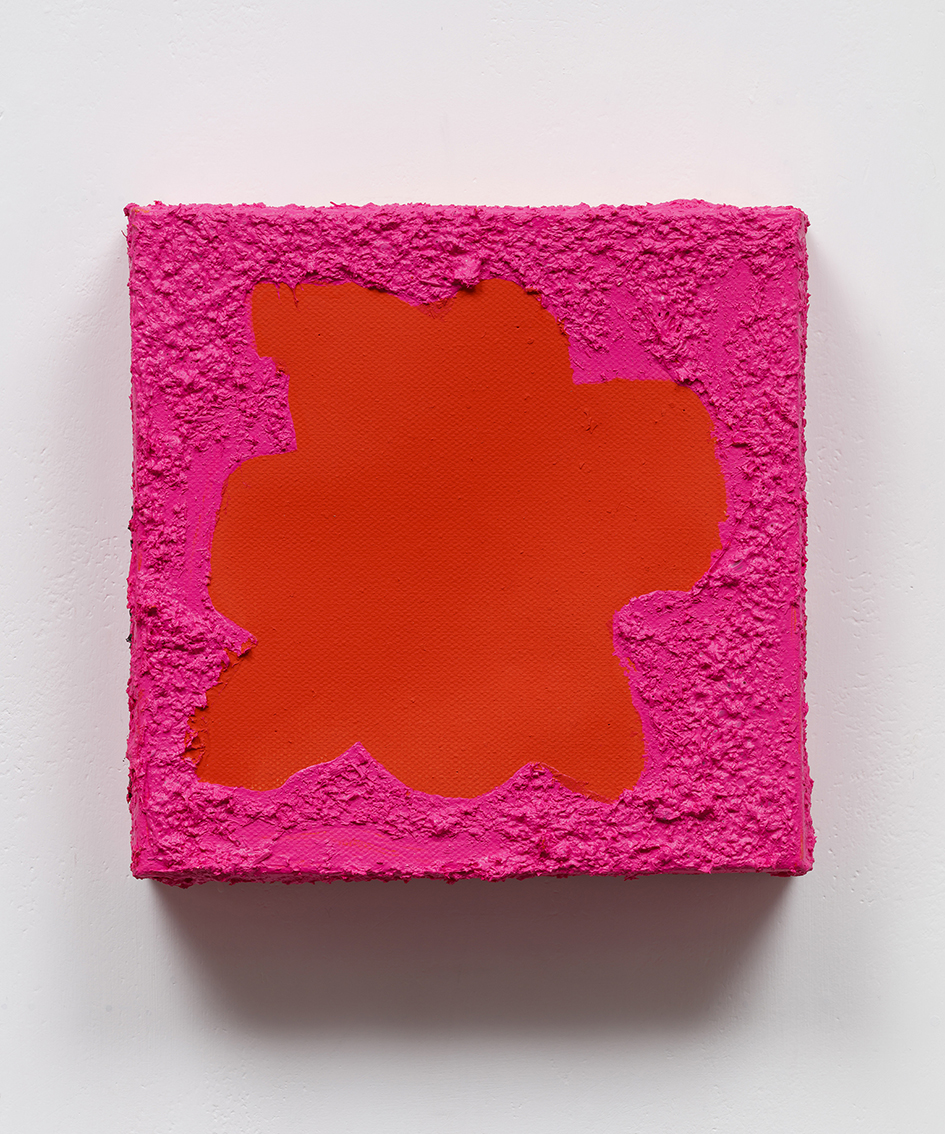|
●★ Claude Debussy : Piano Trio in G Major L.3(1879) ★●
● Andantino con moto Allegro ● Moderato con Allegro ● Andante espressivo ● Final Appassionato
Jean Efflam Bavouzet(Piano) Daniel Rowland(Violin) Jacqueline Thomas(Cello)
Fantastic set of musicians plays quite unknown piece by Claude Archille Debussy, Youthful Chamber Music
● C. Debussy『Piano Trio in G L.3 : Claude Debussy가 이태리 유학시절, 청소년 학생시절(18)에 작곡한 피아노 소나타입니다 18세면 어린 나인데 그런 성숙한 아름다운 피아노 소나타를 작곡했다는 것이 드뷔시의 오늘의 명성을 말해줍니다. 이 곡은 드뷔시 10대 후반의 작품인데 그의 인상주의적인 음악언어, 컬러가 선명히 나타나고 있습니다. 드뷔시의 이 피아노 소나타 G장조는 1982년 까진 잊혀져 있었는데 그의 제자 Morice Dumesnil에 의해서 1986년 발견되었고 출판됩니다. 4악장 구조로 안단티노 콘 모토 알레그로(Andantino con moto Allegro) - 모데라토 콘 알레그로(Moderato con Allegro) - 안단데 에스프레시보(Andante espressivo) - 피날레 아파쇼나토(Fianale Appassionato)입니다.
어쨋든 이 Debussy Piano Sonata in G, 명작이 그의 제자에 의해서 음악계에 다시 알려지게된 사실 상당히 고무적d이고 다행스런 사건입니다. 오늘의 연주자들 Jean Efflam(Piano), Daniel Rowland(Violin), Jacqueline Thomas(Cello) 환타스틱 트리오로 역시 드뷔시의 환상적인 인상주의 표현에 합리적인 그야말로 환상적인 아름다운 명 연주를 보여주고 있습니다.
● Clude Achille Debussy(1862. 8. 22~~1918. 3. 25) : 프랑스가 낳은 20세기 세계적인 작곡가 드뷔시는 인상파 음악의 창시자며 완성자이다. 그이 아버지는 그를 해군에 보내려했으나 모테 부인에게 발견되어 피아노를 배우기 시작했는데 매우 놀란운 음악적인 기질을 나타냈다. 그는 11세때 빠리 음악원에 입학하여 11년간 수학했고 재학시절에 차이코프스키 후원자인 메크 부인의 초청으로 모스크바를 방문했다. 그때 러시아 국민악파의 음악과 집시들의 즉흥 연주에 관심을 가졌다고 한다. 1884년 칸타타<<방탕한 아들>>을 출품하여 로마대상에서 1등을 수상하고 그것으로 인해 로마에 유학하게 된다. 그는 당시, 로마생활에 권태를 느겼는데 의무적으로 제출해야하는 교향모음곡 <봄>과 칸타타 <<은혜받은 소녀>> 등 2개의 작품을 냈지만 심사위원들은 그의 작품을 이해하지 못했다고 한다.
빠리의 생활은 그에게 새로운 창작의 세계에 눈 뜨게했다. 당시 신이과 호가들은 말라르메의 집에 모여 새 예술을 토론하고 의견을 교환하였다 드뷔시는 그때까지만 해도 바그너를 숭배하고있었고 러시아의 무소르그스키 <<보리스고두노프>> 대단한 작곡 수법에 경탄한 바있다. 그리고 빠리의 만국박람회에서 캄보디아 자바 등 동양음악의 이국적인 정서에 관심을 갖게된다. 그리하여 마침내 그는 지금까지의 음악처럼 멜로디와 리듬, 하모니에 의한 정연한 형식의 음악을 버리게 된다. 그러한 연유로 그는 인상파 회화의 기법에 알맞는 음악의 표현을 창안했다. 그림에서 빛을 중요시하듯이 음악에서 감각을 중요시하게 된다. 새로운 감각을 위해서는 새로운 음의 조성이 필요했다. 그러므로 대담한 화성을 사용하게 되었다.
1840년에 완성한 말라르메의 시에의한 <<목신의 오후 전주곡>>을 통하여 새로운 음악의 양식을 수립했는데 그것은 인상주의 음악이었으며 바그너 이후 가장 새로운 음악의 시작인 것이다. 인상주의란 외계로부터 자연의 순간적인 인상을 포착해낸 예술이다. 그것은 선이 명료하지 않고 불분명하지만 유현하고 신비로운 기분을 시적으로 표현하는 것이다. 그것은 프랑스적이라 하겠으며 감각의 생활에서 얻은 묘사의 기술이다. 그것은 극적이 아니고 서정적이다. 표현의 예술이 아니라 인상의 예술인 것이다. 그가 1902년 4월에 초연한 오페라 <<펠레아스와 멜리장드>>는 또 하나의 대담한 작품으로 드뷔시 인상주의 음악 성숙기의 산물이다.
● 여세실 미뉴엣♡(음악평론가) ●
● C. Debussy : Piano Trio in G L.3
From Wikipedia, the free encyclopedia
The Piano Trio in G major L. 3, was written by a 18-year-old Claude Debussy in 1880 in Fiesole, Italy, where he resided at Nadezhda von Meck. The most part of the autograph of the work was thought to be lost until 1982, when it was discovered from the legacy of Maurice Dumesnil, a pupil of Debussy's. The first edition was published in 1986.[1] ● MovementsThe work is in four movements: 1. Andantino con moto allegro (G major) 2. Moderato con allegro (Scherzo and trio form; B minor - B major) 3. Andante espressivo (G major) 4. Finale - appassionato (G minor - G major) A typical performance lasts 20-25 minutes.
● Critical responseIn 1984, the music critic Harold Schonberg wrote of the trio that "The Debussy piece is juvenilia. You can have a lot of fun putting it on the turntable and asking your learned friends who the composer is. Nothing in the music suggests Debussy. It is sweet, sentimental, and sugared; it verges on the salon."[2] Reviewer Charlotte Gardner for the BBC wrote in 2012 that "Debussy's teenage Piano Trio doesn't often get to see the light of day, mostly because it reveals him very much still in feet-finding mode. Still, it's an enjoyable listen, and it’s interesting to compare its pizzicato second movement with that of the Quartet, and the Brodskys and Jean-Efflam Bavouzet are evidently having some fun. They're an effortless partnership, making make much of the work's smoochy, romantic leanings, the high beauty of many of its passages, and its light, clear textures."[3] ● References
| |||
|
| |||
'Lecture Concert' 카테고리의 다른 글
| John Cage - 4' 33'' (0) | 2015.07.02 |
|---|---|
| F.Schubert - Piano Sonata in Bb D.960 (0) | 2015.07.01 |
| W.A.Mozart - Violin Sonata in Bb K.378 (0) | 2015.07.01 |
| W. A. Mozart - String Quartet N.17 <Hunt> (0) | 2015.07.01 |
| W.A.Mozart - The Great Sonatas (0) | 2015.07.01 |

